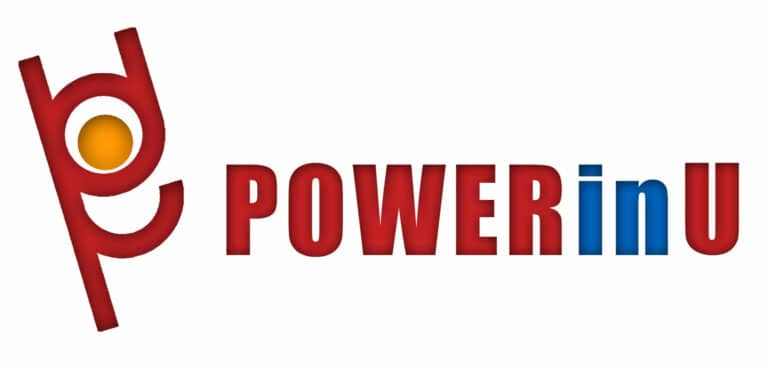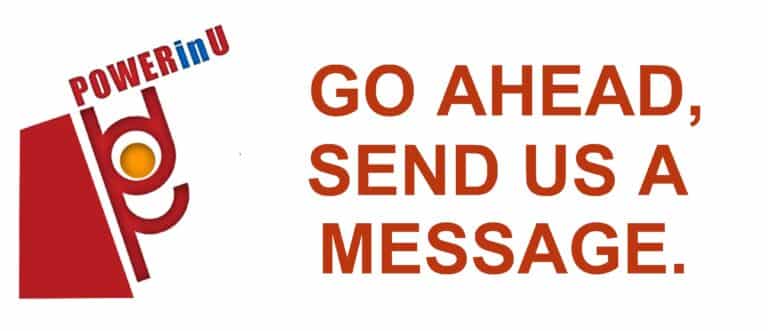
The best leaders find effective ways to understand and manage better their own and others’ emotions. This is important to leading others with emotional intelligence.
They know these could lead to better business results, retention of talent, higher moral, motivation and commitment, among many organizational benefits.
So what can leaders do to manage and lead others with emotional intelligence? Practice the competencies of empathy and of developing others through a coaching leadership style.
Empathy is something I have previously discussed in an article “Building bridges through empathy.”
Developing others through a coaching leadership style is what we will focus on. To be an effective coaching leader, there are certain skills that need to be learned and practiced well. These include asking questions, filtering, contextual listening, framing or synthesizing and checking progress. In this article, the focus is on asking great questions.
In her book, “Change Your Questions, Change Your Life”, author Marilee Adams, differentiated the judger and learner mindsets. Great questions are based on the learner mindsets. For example, instead of asking…
- “What’s wrong?” – ask “What works?”
- “Why bother?” – ask “What’s possible?”
- “Who’s to blame?” – ask “What am I responsible for?”
The first set of questions tend to be perceived as judgemental, blaming, know-it-all, inflexible or rigid. They are reactive or automatic responses, and are focused on the speaker’s point of view. They are what we may call “judger” questions.
The second set of questions tend to be perceived as accepting, taking responsibility or accountability, open-minded, flexible or adaptive. They are reflective and consider multiple perspectives. These are what we may call the “learner” questions.
Human as we are, we tend to be quick to react, versus to reflect. Admittedly, there will be moments when reacting automatically are what’s needed, and moments when being reflective are most needed. The key is to be open-minded, flexible, mindful and calm under pressure.
As I wrote in a previous article, the initial thought is automatic and learned. The mindful thought is intentional and enlightened – by our values, sense of purpose, kindness, goodness, appreciation, understanding, compassion. Mindfulness could then be defined as non-judgmentally shifting our thoughts from automatic thinking – to intentional, value-driven thinking.
I once had an interview with a CEO for a major consulting project contract I was being hired to do. My understanding was that I would go through a usual question and answer type of interview. However, upon entering the room, the CEO asked me right away to get started with my presentation, which I was not prepared to do.
With all the courage I could gather, I told her the truth and requested the CEO if I could reschedule the presentation – despite knowing how busy she was and difficult it was to confirm the meeting we had that day . She gave me a constructive feedback about my lack of awareness and preparation to what she was expecting. And then said “But if there’s one thing I like is that you’re calm under pressure.” She agreed to reset the presentation, which I was able to fully prepare for.
What was a potential disaster turned out to be an opportunity. I was happy that I had the mindfulness to reflect, and agility to respond with an alternate approach. I also focused on “what can I do to move forward?” rather than dwelled on “what is wrong?” at that point in time.
I eventually won the contract, and served the company for a period of time as my services were renewed several times.
It’s a story of how an unfavourable situation turned out to be a coachable moment for both the CEO and myself, with the CEO demonstrating an open or learner mindset and giving a constructive, helpful feedback. This led to our mutual professional development, and eventually, the desired business outcomes.
Reference: original material by Karl Mulle © 2015 ATD

